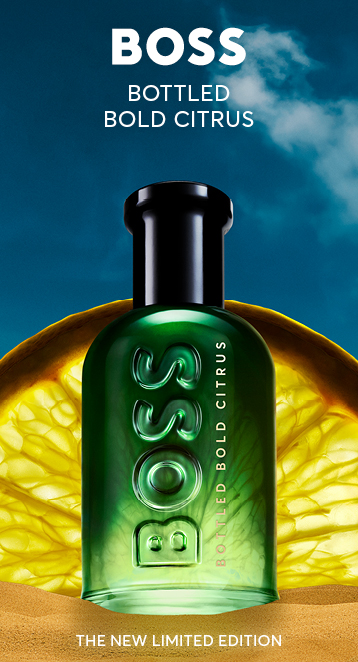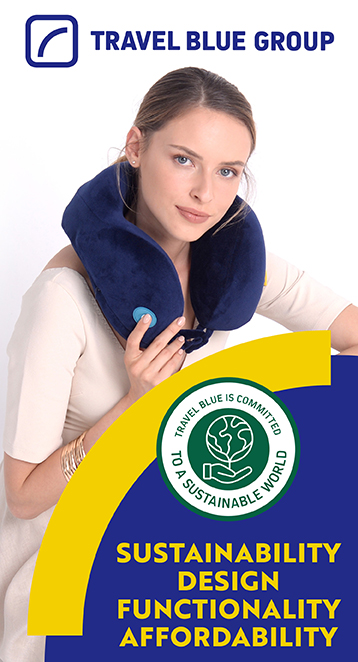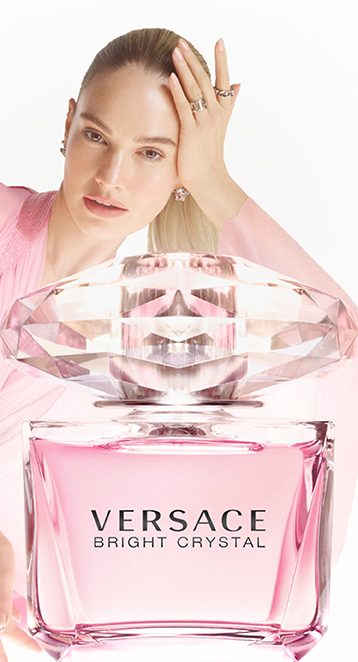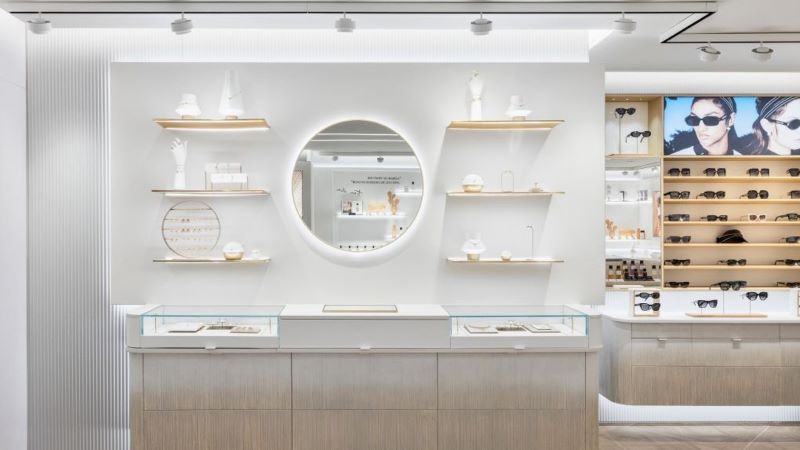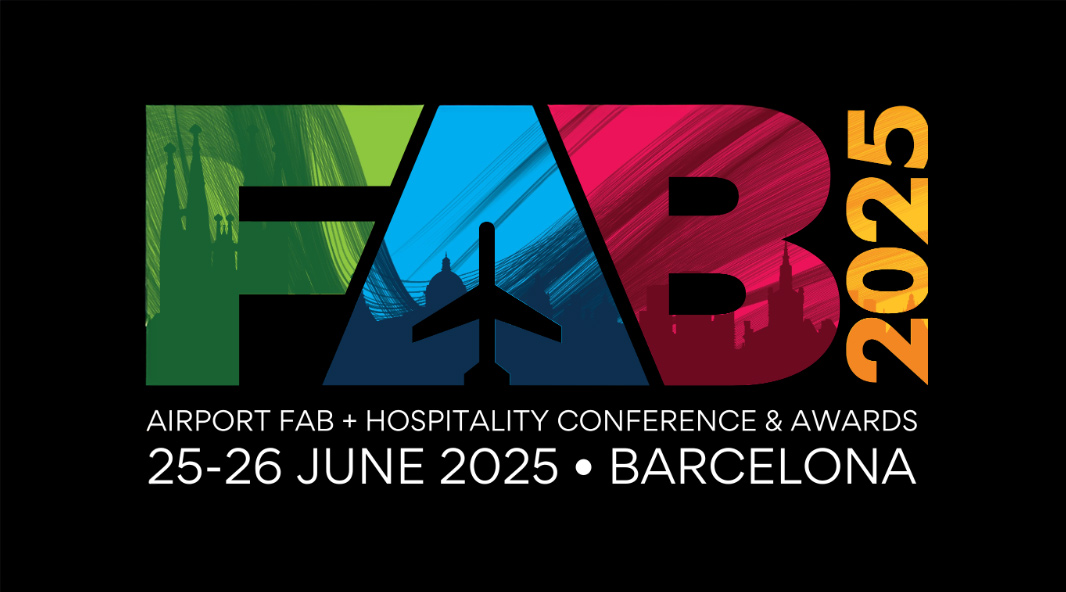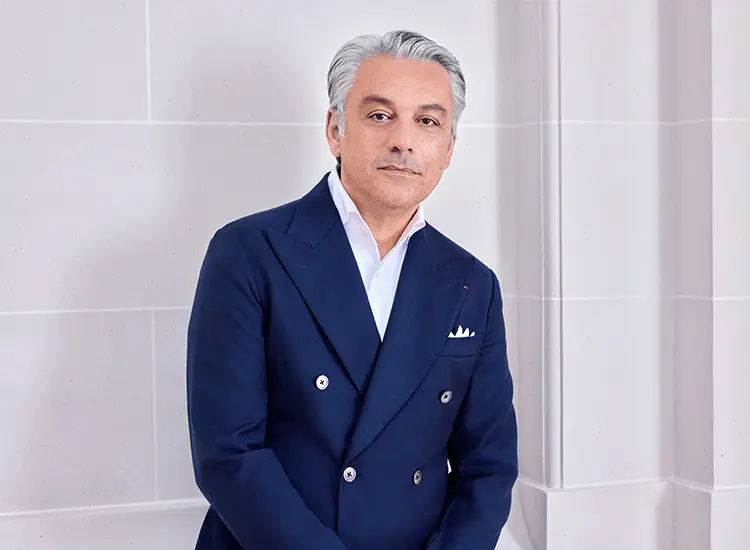AUSTRALIA. Dufry’s ‘next generation’ duty free store at Melbourne Airport is the first phase in a major transformation of airside commercial activities that will take place over the next 18 months. It will deliver a dramatically different store design with flourishes of Melbourne architecture, and the newly extended Dufry contract will allow both airport and retailer to make money.
That’s according to Melbourne Airport Chief of Retail Andrew Gardiner, speaking to The Moodie Davitt Report soon after the extension was announced (interview below).
As reported, Dufry has extended its concession to manage duty free until 2022. A key element in the agreement will be a +30% increase in the duty free retail footprint airside, as part of an upgrade of the International Terminal (T2). Gardiner confirmed that a new layout would be completed by Q1 2017, with further development of the airside zones to be completed by Q4 next year (more on this below).
There will be 2,743sq m of retail space in the new Departures store and 1,074sq m of retail space in the new Arrivals shop, which will deliver what promises to be a “world class” retail experience.
Here, Andrew Gardiner discusses the implications of the new agreement, where it fits into Melbourne Airport’s vision for commercial and how it will enhance its reputation among consumers.

Andrew Gardiner: Essentially it comes down to the planning cycle we are in, the impressive results that Dufry are delivering and the relationship that we have with Philippe Boyer and his team. The previous contract we had ran until the end of 2018 and we had an option to go to the market closer to contract end but this is the right move for us now.
We took into account the expected growth of the airport over the next five years, the number of customers we will see and the space availability – including a major reconfiguration in T2 airside – so going to market would put us out of kilter in terms of our overall plan at a critical period.
Dufry are performing very well too. We do a lot of mystery shopping at our airport and we can say with certainty that over the past 18 months the service and the experience have been greatly elevated. The shop has been incredibly well merchandised, well staffed and is doing some great numbers. You see a great spirit among the staff body and the store looks great, and that is something very solid to build on. We have a lot of faith that their investment, into which they are putting millions of dollars, will prove a big success.
There is also a big opportunity here with the +30% increase in space. We looked at the productivity statistics compared to other Australian airports and realised that Melbourne is under-spaced by comparison. We felt we could capitalise on some space that was not as productive as it could be and we are acting on that.
Is it a much improved contract for the airport?
We have negotiated a very sound commercial deal that is good for both players, good for the airport and good for the retailer. Both parties are happy with the outcome of the negotiations.
Yes we will make more money but for me it’s about the retailer making more money as well. Being a retailer myself I don’t think there’s a lot of point in the airport making a lot of money when the retail partner does not.
They have to be successful too and success breeds success. Because the duty free store is the first point of contact for the traveller it generates a halo effect. If the duty free store is doing well then other retailers follow suit, because the customer will have a great experience.
If the commercial deal doesn’t suit either party, then it’s likely that costs are going to be taken out of the business somewhere along the line. Often the customer bears the brunt of that.
So right now the commercial deal looks right for both parties and the plan we have put in place looks absolutely right. We’re confident that it will work for our customers.
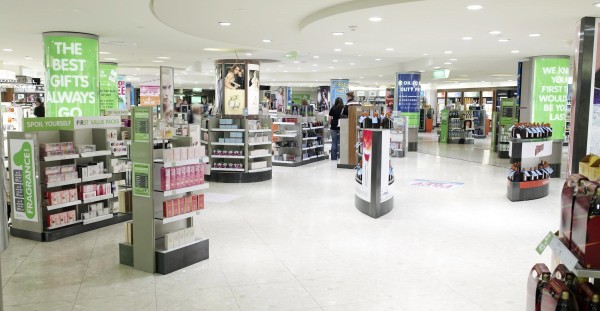
How different will the ‘next generation’ store be compared to the existing operation?
It will be significantly different. It’s a great opportunity for them and for us. You will see big changes to how the retailer displays merchandise allied to the use of multimedia in the store and that is exciting. Dufry are looking at new ways of engaging the customer.
You will see a sense of Melbourne in the architecture, the fixtures and finishings. There will be some strong Melbourne-oriented treatment and a more contemporary look.
There will be changes to the category layout and I believe it will be stunning visually for our customers.
Dufry will develop what will to all intents and purposes be a brand new store, which will also feature new branding (more details soon). That takes them to 2022, after which we’ll enter a further planning stage with potentially more new space to be added then.
How does the new store fit into your vision for Melbourne Airport and its retail dimension?
It’s our vision as an executive team to make Melbourne proud of its airport. Melbournians are proud of their city. It has been voted the most liveable city in the world five years running, it has a great culture and spirit and the airport has perhaps not mirrored that in the past. It’s our intention to change that. When customers come through Melbourne Airport, we want them to remember it as a great experience.
It’s a matter of raising the bar. We know our colleagues in Sydney and Brisbane have considerably lifted the retail proposition recently and we have to do the same. Melbourne should be on a par with any major international airport in the world.

The duty free announcement is the first step in a journey that will take us up to the fourth quarter of 2017, where the airside zone of the airport is being transformed. It will become a far better customer experience than ever before and so the whole of airside is changing, Duty free will be complete in Q1 2017. In the meantime we are carving out a new area for luxury goods, for speciality and for hospitality.
We’ll announce results for those once leases are agreed; we are in negotiations over luxury currently. In hospitality at the gate lounges, there will be five restaurants that have local flavour, run by chefs with backgrounds and businesses in Melbourne. They’ll bring a Sense of Place to that new zone and bring these names to an international audience. We’ll also bring some newness to the airport in these zones. I know the airport board are also excited and they have backed us fully to get the job done.
For the airside project we have engaged one of the best architectural companies in Melbourne, NH Architects, a top-notch operator when it comes to retail design.
This is happening against the backdrop of continued growth in Chinese travellers and the continued advance of e-commerce and social and digital media. How much have these factors influenced the retail proposition?
Chinese travellers are very important, and their numbers grew +24% year-on-year in 2015. We have invested a lot in understanding them and our offer has to be appropriate.
When I arrived here two years ago we embarked on a major programme of customer research to understand who our customers are and what they would like to buy. We then did a further deep dive into the Chinese specifically about six months ago, which contributes to our vision today.
On digital and e-commerce, we can make more of it but that is more the retailer’s role. We can assist with our airline partners to better understand who the customers are before they arrive at the airport and with that information communicate with them using beacon technology and make offers to them where appropriate.
These elements are often described as disruptors in retail. But I’d like to think of them less as disruptors and more as enhancers. It’s how we use all the methods we have to engage customers. It worries me at times that retailers sometimes make excuses for bad retailing. What’s important is that you focus on your point of difference. For a Chinese customer often that is the price they pay compared to the price at home plus the fact that they know they will get guaranteed authentic stock at the airport. We have to ensure they know about that point of difference we offer.
Beyond the big T2 airside projects, what are the next developments to enhance the traveller experience at Melbourne Airport?
We began this journey with the opening of T4 a year ago and we’ve had great feedback on that. Today in T2 we have begun to transform the airside environment, after which we’ll move to upgrade international landside.
Once those projects are done we’ll revisit T3/T4 and add more retail space there in two to three years. We then take back T1 from Qantas, where we will own the retail and the customer experience so that will bring something new as well.
Right now it’s all about making significant changes to T2 airside. We will bring in many new contemporary features, a touch of the city in the architecture and we hope that we can make Melbourne proud.



